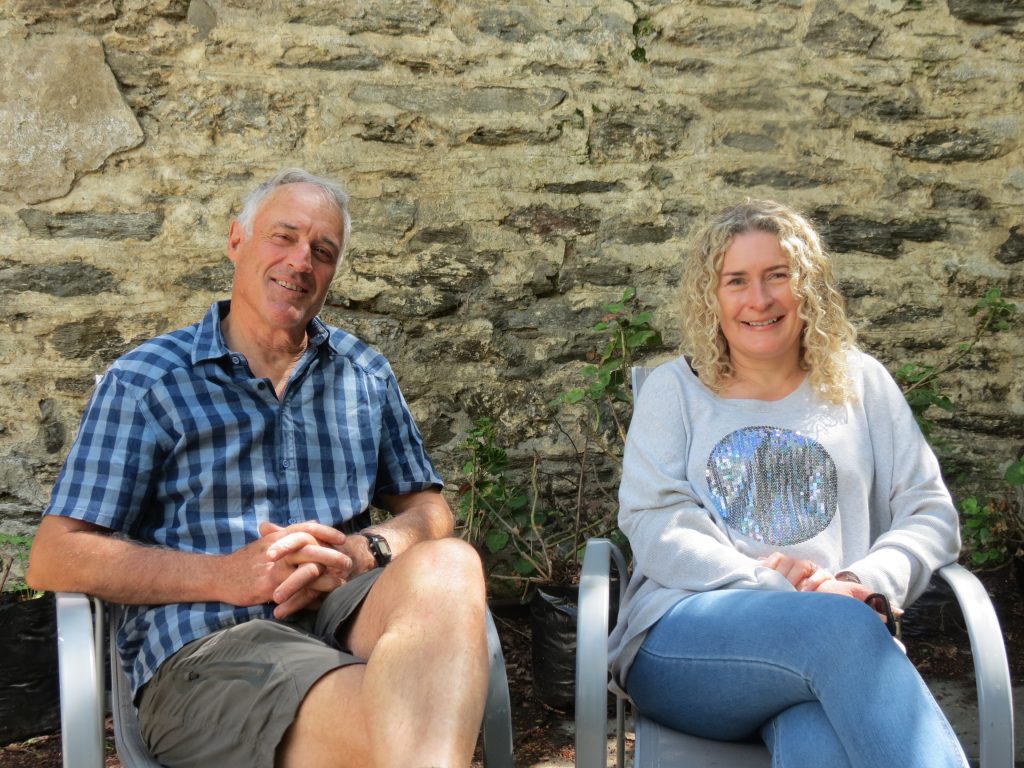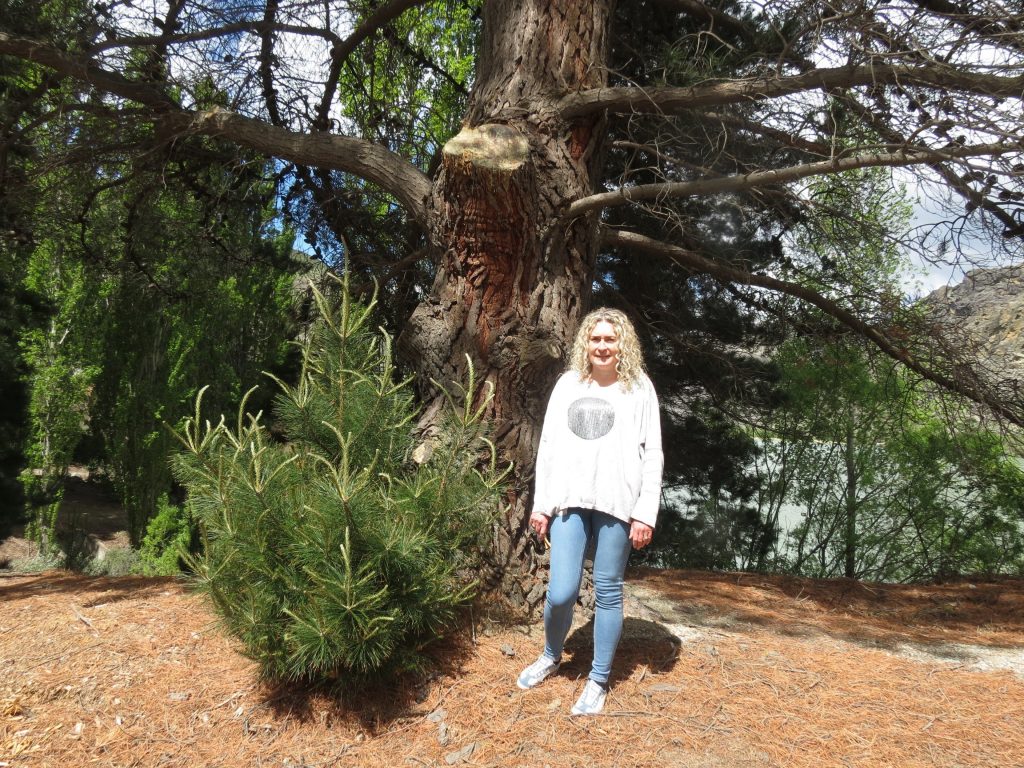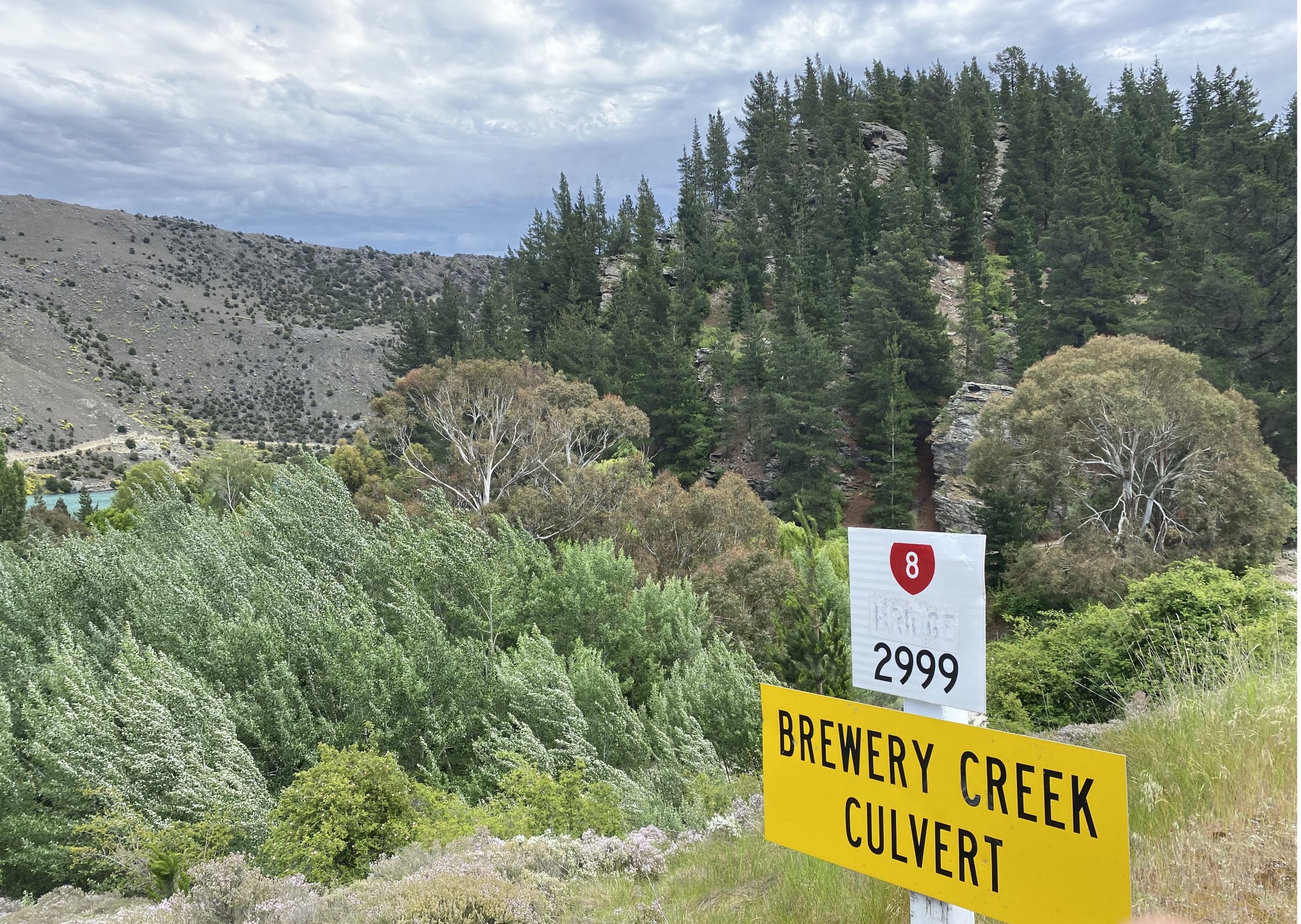An agreement between Brewery Creek residents and the Central Otago Wilding Conifer Control Group (CWG) to selectively fell trees at the southern entrance to Cromwell could be a template for other sites, those involved say.
Sarah Cottle is the spokeswoman for the owners of five dwellings at Brewery Creek, in a cluster nestled below the gold miners’ monument on a promontory at the southern entrance to Cromwell.
Wilding conifers have been a source of contention in Central Otago, particularly those at the southern entrance to Alexandra on the council-owned Half Mile Recreation Rreserve.
Residents in neighbouring Bridge Hill opposed to the logging of pines in the reserve cite the loss of bird habitat and the sound and wind shelter the trees provide as reasons against indiscriminate felling of the area. The council paused its eradication programme at Half Mile last November due to strong opposition from some members of the public.
CWG outgoing project manager Phil Murray and Ms Cottle sat down with The News to discuss transitioning amenity plantings away from spreading conifers.

Mr Murray contacted the residents to discuss the pines on their land, which was considered a super spreader site for conifers. The prevailing norwester winds distribute seeds for many kilometres downwind through the Cromwell Gorge and across the river to the slopes above the Lake Dunstan Trail.
He said pinus radiata is not necessarily a problem elsewhere in New Zealand, but the intense heat in Central Otago causes the pine cones to open and release their seeds to spread.
In Central Otago’s dry climate, wilding conifers displace other species and take precious water from catchment areas.
‘‘It has huge implications on water yield,’’ he said.
‘‘We are the driest area in New Zealand, where water is gold.’’
Close to 1000 trees would be removed from the site, including several hundred large pines, and work was expected to start before Christmas, he said.
‘‘There are some pines we agreed to leave.’’
Ms Cottle said the residents’ initial response was in defence of the pines, but they had come to understand the impact of conifers on the wider landscape.
‘‘It has been a learning curve for us,’’ Ms Cottle said.
‘‘We have gone from saying, ‘no, no, you are not touching our trees’, to learning how much of a pest they are.’’ ‘‘At the same time, they have become iconic.
‘‘We would like to think when the pines are gone, they can be replanted with natives.’’

Mr Murray said all communities face a similar conundrum.
‘‘What the residents at Brewery Creek are going through is the first part of the journey the rest of us are going to have to go through.
‘‘It’s a journey of discovery; of how we transition this dry, harsh landscape through to species that are either exotic or native that don’t spread, that provide the same amenity the pine trees do.’’
The group is funded by the Otago Regional Council, the Central Otago District Council (CODC) and Land Information New Zealand, with 80% of the project costs met by the central government.
The CODC in its full meeting last week approved its Tree Policy 2022, which included the addition of the Wilding Conifer Control Policy.
Ken Churchill is one of the Bridge Hill residents who opposes felling the Half Mile Reserve trees, and had placed signs at the entrance to Alexandra pleading to ‘‘save our trees’’.
Having been asked to remove those signs from council land, he relocated them to his own property and had a banner made featuring the Dr Seuss character the Lorax, who ‘‘speaks for the trees’’.
He would support selective logging such as that proposed at Brewery Creek, he said.
‘‘It needs to be neat and tidy, because the Half Mile is the entrance to the town.
‘‘I would like to see something that is not a clear fell.
‘‘People keep talking compromise but when push comes to shove, [the council] seems to be fixated on removing them all.’’
Mr Murray said the CWG wanted to take extra care and spend the money required to achieve their objectives without imposing unfair costs on landowners and communities.
‘‘It is a cost worth taking.
‘‘The cost of doing nothing is very serious on the wider landscape,’’ he said.





